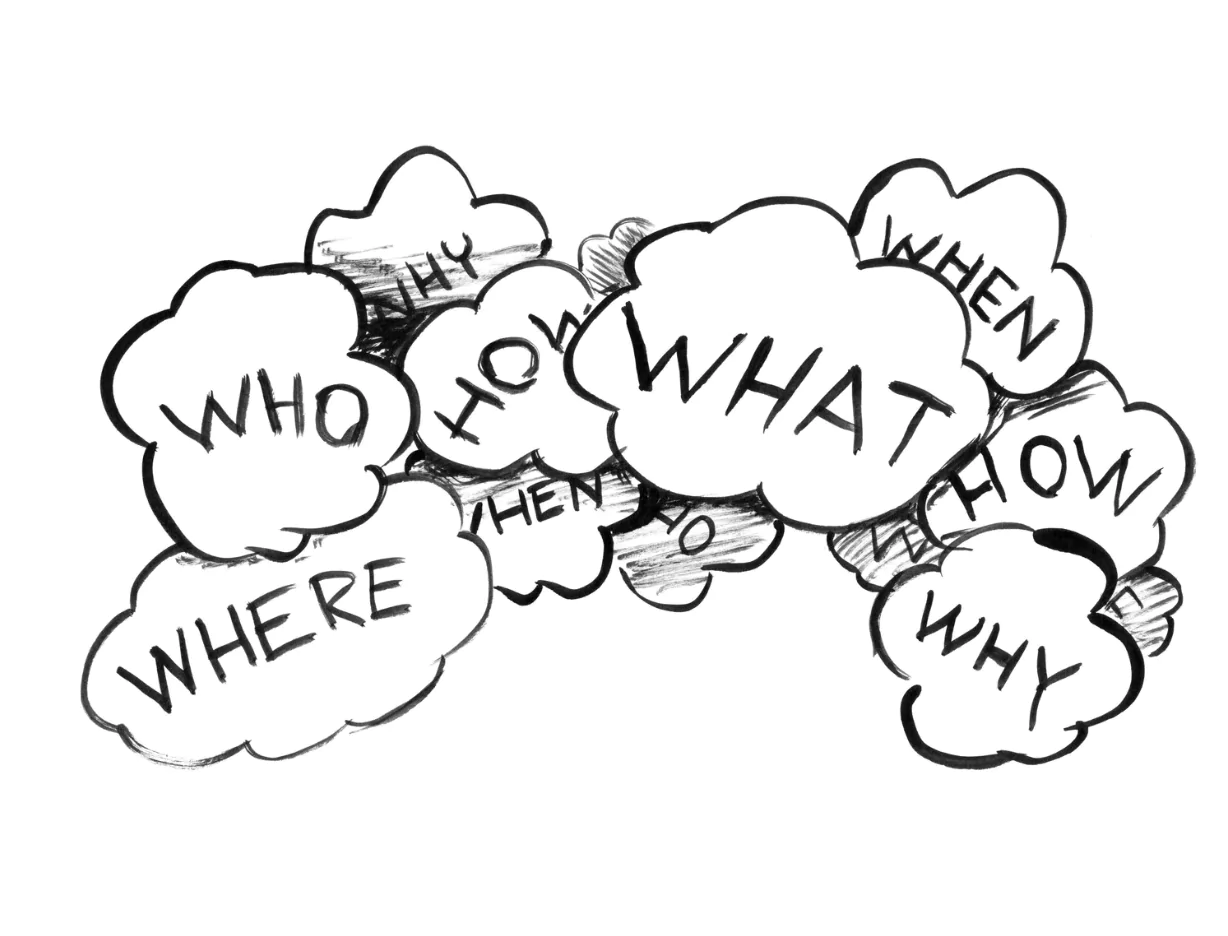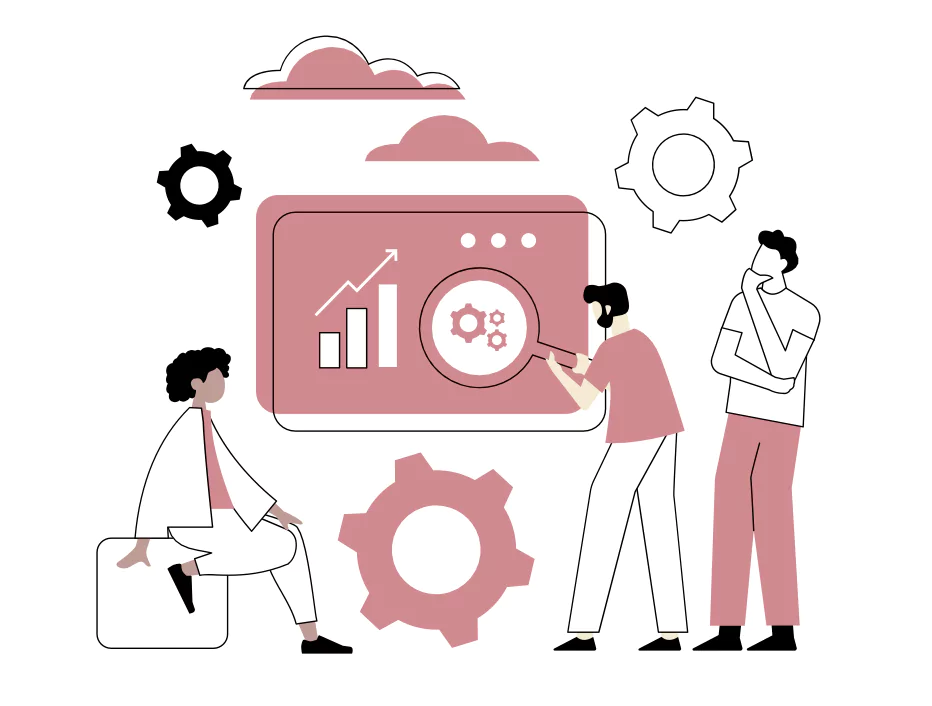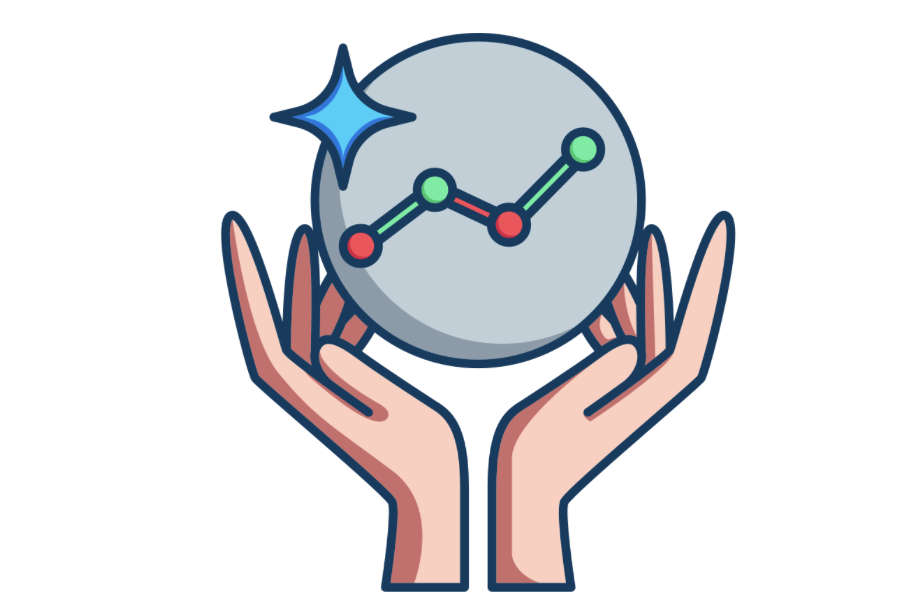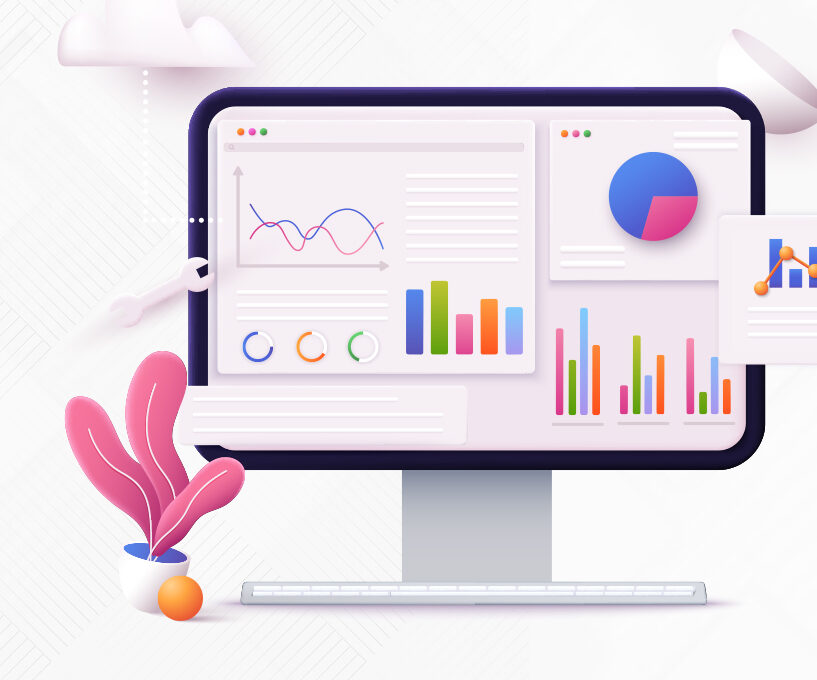Do you know we have four major types of data analytics which can help us improve our decisions backed on strong and reliable informative data sources. Modern businesses are constantly looking for ways to improve their business decisions with strong working insights. Data engineers provide them with valuable insights from various sources of data.
Every day a huge amount of data is produced from multiple sources encapsulating massive amounts of information, insights and much more which can give a strategic advantage to the growth of a business. With data analytics we can easily analyse and optimize the resources, techniques and deliverables with the insights available from existing data sources. Here, let us learn about the four major types of data analytics.
What Is Data Analytics?
Data analytics is the process of examining raw data from various sources to uncover major patterns, trends and insights to be used in decision making. Organisations leverage data analytics to convert records, numbers and other large complex data into meaningful information by using tools, techniques and statistical methods.
Companies often utilise data analytics to make better decisions such as collecting, cleaning, transforming, and analysing data using various tehniques and tools to extract meaningful insights.
Who Needs Data Analytics?
Data analytics is important to any individual or organisation who wants to get successful. Nowadays, the flow of data is everywhere and in vast amounts. Data analytics help you tap to the core of the hidden valuable information, such as trends, patterns, and other powerful insights.
- People who are involved in marketing need the latest insights on trends, industry data, patterns and social market analysis to understand the current scenario and plan strategies accordingly.
- Product managers make use of these data insights to make improvement in their product, add features, fix bad reviews and much more.
- Finance professionals can analyse the previous performance and user data to take informed decisions based on their investment and predict the trajectory.
The insights we collect using different tools and techniques in data analytics can be used by different companies for different work. Large datasets can be confusing and overwhelming and data analytics sort that out in understandable format rather by arranging in visual format or other to help us see the hidden pattern, correlations, shortcomings, trend and more.
The Complete Lifecycle Cycle of Data Analytics
In data analytics, you can start with understanding more about data by collecting insights. This data available with you can be used to filter information, read insights, patterns and analyse available information. After you have the data available you can diagnose it to understand why a particular event took place.

After you have both of these you can connect dots to find what might happen next with predictive analytics. Now, prescriptive analytics can analyse different factors considering the situation including research, data insights, issues, trends, patterns carefully. Overall all of these types of data analytics make it complete and help organisation leverage data to grow and shine!
![]() Join Our Data Analytics Telegram Channel
Join Our Data Analytics Telegram Channel
![]() Join Our Data Analytics WhatsApp Channel
Join Our Data Analytics WhatsApp Channel
4 Types of Data Analytics For Better Decision Making
Let us check a very detailed description of the different types of data analytics which take part in our data based decision making and help us improve our insights.
1. Descriptive Analytics [What Happened?]

Descriptive Analytics is the primary layer of data analysis which makes use of historical data to get a better understanding of the past events. It understands the available data and analyses it to present in the form of dashboard, KPIs, trend lines to the stakeholders and others.
It can be used to pull trends from the raw available data and describe what is actually happening. For example, which page on your website has the most traffic or what were the sales last year?, and much more. It usually answers questions like what happened instead of covering the reason for the event.
A tool that most of us are familiar with i,e. Google Analytics which presents a digital snapshot of the website pages, activities, visitors, clicks, sessions, and more for a time period. Many businesses make use of this to strengthen your website elements and content.
2. Diagnostic Analytics [Why Did It happened?]

After we have the data and insights available about the current events, and more. We can then measure these data against other data to understand the reason behind the occurrence of certain events. This is one of the most impactful types of data analytics where we can compare trends, patterns, correlations between variables, relationships to understand the lags, progress, and other metrics in a business.
For example, diagnostic analytics might sound something like this, why did conversion drop last week?, What factors are influencing churn?, and more.
3. Predictive Analytics [ What Might Happen Next? ]

Predictive analytics as the word depicts analyses the historical patterns and trends in data to find out about the future outcomes or probabilities. It is not a “Hit and trial” method but a calculative approach as a result of proper analysing the data. By reading the trend, organisations can make calculated decisions or informed predictions on various steps that need to be taken.
When you have informed predictions based on data your organisation can easily make strategies based on the scenarios likely to take place in the coming years or days. For example, Which leads are most likely to convert, What will sales be next quarter, and more. The organisation might use Time series forecasting, supervised ML, Feature engineering, evaluation, and other tools to conduct predictive analytics.
4. Prescriptive Analytics [What Should We Do Next?]

Prescriptive analytics is mainly the recommended actions that must be taken to optimize the workflow process or effectiveness. It is one of the types of data analytics which answers “What should we do next?” It takes into consideration all the scenarios including research, data insights, issues, trends, patterns carefully. These types of analytics are very much helpful when we are about to take some data driven informative decisions.
Nowadays, machine learning algorithms are used to parse complex and large data and recommend the optimal steps. While there is far more for machine learning to understand and learn. It basically works on an “If and else “ statement condition which can be used as a rule to parse data.
Learn Data Analytics with PW Skills
Become master in data analysis and business analysis with PW Skills Data Analysis Course. Get technical expertise and soft skills with in-depth tutorials, exercises, real world projects and module level assignments.
Get dedicated tutorials from dedicated mentors from industry led live sessions and recorded tutorials. Get certification from PW Skills after completing the course.
Types of Data Analytics FAQs
Q1. What is data analytics?
Ans: Data analytics is the process of collecting valuable insights from raw data in order to find trends, derive actionable insights by using advanced tools, techniques, and strategies.
Q2. What are different types of data analytics?
Ans: Descriptive analytics, Prescriptive analytics, Diagnostic Analytics, and Predictive analytics are some major types of data analytics.
Q3. What is descriptive analytics?
Ans: Descriptive Analytics is the simplest type of data analytics which makes use of historical data to get a better understanding of the past events and collect insights from a large collection of data from various sources.
Q4. What is prescriptive analytics?
Ans: Prescriptive analytics is mainly the recommended actions that must be taken to optimize the workflow process or effectiveness. It is one of the types of data analytics which answers “What should we do next?”.

